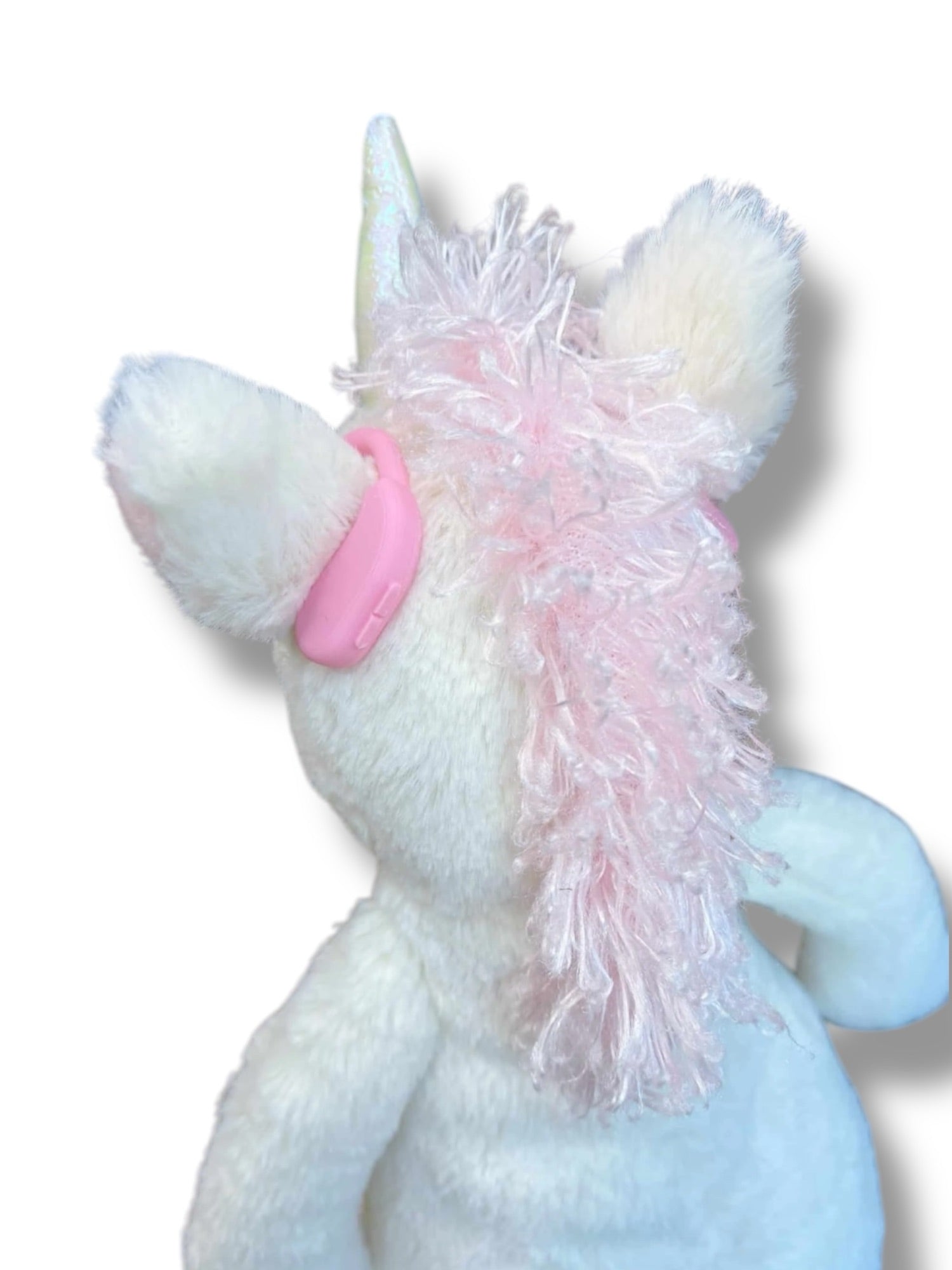
Every Parent Should Own A Nebulizer – Here’s Why
Why a Nebulizer is Worth Having at Home
The information provided in this blog is for educational and informational purposes only. It is not intended as medical advice, diagnosis, or treatment.
Always consult a qualified healthcare provider for medical concerns, diagnoses, or treatment options for you or your child.
It’s 2 a.m., and your child is struggling to breathe. Their tiny chest moves too quickly, their cough sounds tight, and each breath comes with a wheeze that wasn’t there earlier. You reach for their inhaler, but they’re too panicked to use it properly. The fear creeps in—should you go to the ER? Wait it out? Then you remember the nebulizer. A few minutes later, the mist is working its magic, their breathing slows, and you both exhale in relief.
If you’ve been through this, you know how terrifying those moments are. If you haven’t, you might think it won’t happen to your child—until it does. Kids get sick. Colds turn into deep chest coughs, allergies trigger wheezing, and seasonal viruses like RSV can make breathing feel impossible.
A nebulizer isn’t just for kids with asthma—it’s a lifesaver for many types of respiratory distress. Having one at home means you’re prepared, not panicked.
Many parents assume nebulizers are only for kids with asthma or chronic lung conditions. But respiratory issues don’t follow a rulebook. A simple cold can settle in the chest, turning a mild cough into something much more concerning.
Unlike inhalers, which require perfect timing and coordination, nebulizers deliver medication as a fine mist that’s easy to inhale—even for infants and toddlers. That’s why doctors prescribe them for some conditions.
Common Conditions That May Require a Nebulizer:
Asthma – The most common reason for nebulizer use, providing fast relief during flare-ups.
Allergies – When pollen or pet dander triggers respiratory symptoms, nebulizer treatments can help reduce airway swelling.
Bronchiolitis & RSV – Viral infections can cause wheezing and airway inflammation, making it hard for young children to breathe.
Croup – That barking cough can be relentless, and in some cases, a nebulizer can help open the airways.
Pneumonia & Bronchitis – When deep chest congestion makes breathing difficult, nebulizers help loosen mucus and reduce inflammation.
Pediatricians may not always prescribe a nebulizer for short-term illnesses, but when symptoms escalate quickly, waiting for a doctor’s visit isn’t always an option. Having one at home means you can act fast instead of panicking.
Breathing Issues Can Escalate Quickly
Respiratory distress in children doesn’t always come with a warning. A child who seemed fine at bedtime can wake up gasping for air. When that happens, every second feels like an eternity.

Parents often describe feeling helpless in these moments, especially when their child is too young to explain what they’re feeling. They cling to you, eyes wide with panic, and all you want is to make it better.
A nebulizer provides an immediate way to do that. Instead of rushing to the ER, you can start treatment at home and monitor their response.
While a nebulizer isn’t a substitute for professional medical care, it buys you time—helping to ease symptoms so your child can breathe more comfortably while you decide if further medical attention is necessary.
Making Nebulizer Treatments Easier for Kids
Most kids don’t love sitting still for 10–15 minutes while a machine hums and blows mist in their face. The key is turning treatment time into something familiar, comfortable, and even fun.
Turn It Into Playtime
Medical treatments feel less scary when they become part of a child’s world. That’s why we design inclusive, research-backed medical toys—to help children see medical experiences as normal rather than something to fear.
Letting a stuffed animal ‘take a turn’ with the nebulizer first can make a child more willing to participate.
Choose a Fun-Themed Mask
Some nebulizers come with animal-shaped masks (like dinosaurs or elephants), which can make the experience less intimidating.
Build a Cozy Routine
Creating a predictable and safe environment can help reduce resistance:
- Let them watch a favorite show during treatment.
- Read them a book while they inhale the mist.
- Make a comfy nebulizer corner with a blanket and stuffed animals.
Offer Choices
Letting kids choose small aspects of their treatment—like which stuffed friend “helps” or where they sit—gives them a sense of control.
How The Butterfly Pig Helps Children Feel Comfortable with Nebulizers
Medical treatments don’t have to be scary. At The Butterfly Pig, we create child-friendly, research-backed medical play toys that help children:
- Feel less anxious about breathing treatments.
- Understand their medical care through play.
- Build confidence and cooperation during treatments.
Our toy nebulizers give children a way to engage with their treatment—helping them process their experiences in a safe, familiar way.
Your Child’s Comfort Starts with Play
Every parent wants to make medical treatments easier for their child. The Butterfly Pig helps turn stressful medical moments into empowering ones.
Imagine:
- your child feeling in control instead of scared.
- fewer tears, fewer struggles, and more confidence.
- medical treatments that feel like play instead of fear.
Let’s make that a reality. Explore our toy medical play sets today and help your child feel brave, empowered, and at ease with their care.
